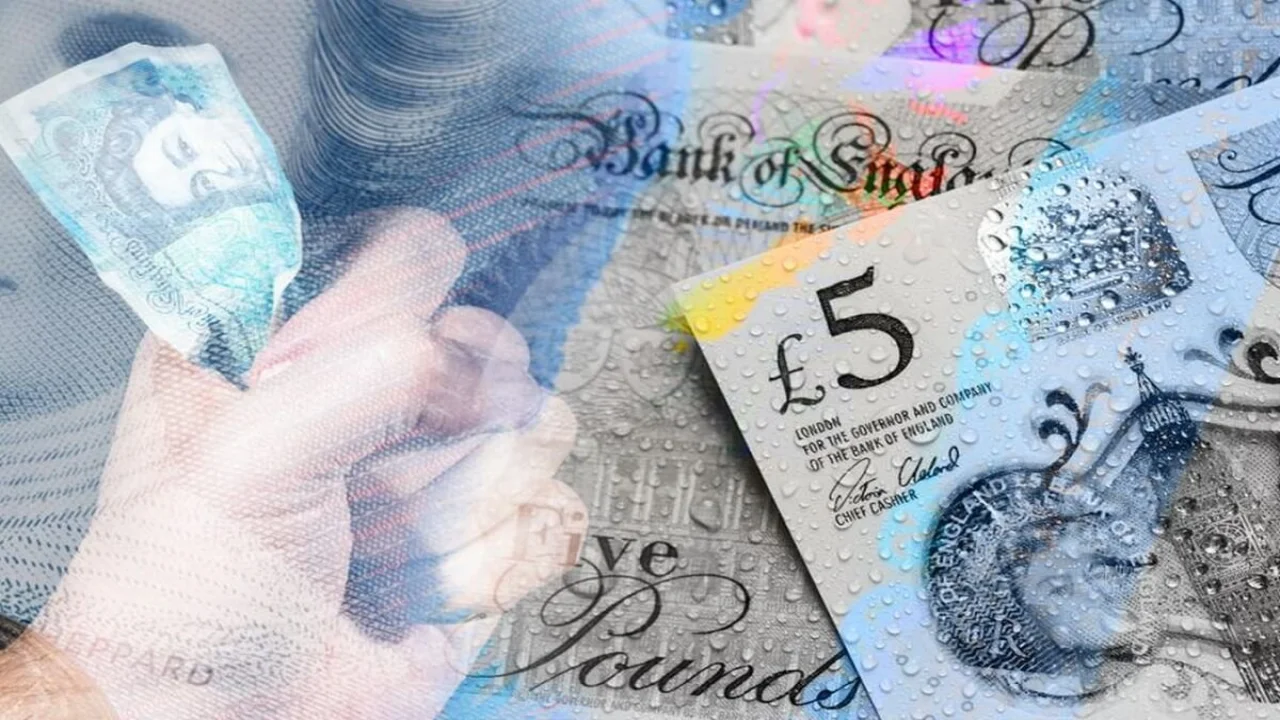Polymer Paper: What It Is, How It Works, and Why It Matters
Polymer paper is changing the way we think about durability, sustainability, and printing. Learn what polymer paper is, what it’s made of, and why it’s gaining popularity across industries.

In recent years, polymer paper has emerged as a cutting-edge alternative to traditional cellulose-based paper. Known for its strength, water resistance, and longevity, polymer paper is making its way into industries ranging from publishing to banking. But what is polymer paper exactly, and how does it differ from the standard paper we’re all used to?
This article explores what is polymer paper, how it’s made, its uses, and why some countries have adopted it for high-security purposes—while others, like the United States, have not.
What Is Polymer Paper?
Polymer paper refers to a synthetic material made from plastic polymers instead of wood pulp or other plant fibers. It is designed to mimic the look and feel of traditional paper while offering superior durability and resilience.
Unlike standard paper that can tear, stain, or dissolve in water, polymer paper is waterproof, tear-resistant, and often recyclable. These properties make it ideal for applications where traditional paper would deteriorate quickly—such as outdoor signage, maps, labels, and even currency.
Is Polymer Just Plastic?
One of the most common questions is: is polymer just plastic? The short answer is yes—but with some important distinctions.
Polymers are long chains of molecules that can be either naturally occurring (like cellulose and DNA) or synthetic (like polyethylene and polypropylene). In the case of polymer paper, the most commonly used materials are synthetic plastics, engineered to behave like paper.
However, not all plastics are suitable for printing or writing. The polymers used in polymer paper are specially treated to accept ink and toner without smudging or fading, making them much more sophisticated than the average plastic sheet.
Which Polymer Is Paper Made Of?
You might be wondering: which polymer is paper made of when referring to polymer paper? Most polymer paper sheets are made from polypropylene or high-density polyethylene (HDPE).
These materials offer a perfect balance between durability and printability. They are lightweight, resistant to chemicals and UV exposure, and can be manufactured in various finishes—from matte to glossy.
For example, polypropylene is commonly used in food packaging and labeling due to its moisture resistance. When used in polymer paper, it maintains these properties while also being flexible and writable, making it ideal for documents that need to endure tough conditions.
Why Use Polymer Paper Sheets?
Polymer paper sheets offer a range of advantages that make them ideal for specific use cases where regular paper would fail. Some of the most notable benefits include:
1. Waterproof and Tear-Resistant
Perfect for outdoor menus, hiking maps, and field manuals.
2. Long Lifespan
Documents printed on polymer paper can last years without fading or deteriorating.
3. Eco-Friendly Options
While made from plastic, many polymer papers are recyclable and designed to reduce environmental impact.
4. High Print Quality
Polymer paper can produce vibrant colors and sharp text, suitable for marketing materials and high-end packaging.
5. Writable and Printable
Contrary to common belief, these sheets are compatible with both inkjet and laser printers and can also be written on with pens or markers.
Why Doesn’t the US Use Polymer Banknotes?
Many people are surprised to learn that several countries—like Australia, Canada, and the UK—use polymer banknotes for their national currency. So, why doesn’t the US use polymer banknotes?
There are a few key reasons:
- Cost of Transition: Switching from cotton-based paper money to polymer would require significant updates to printing technologies and infrastructure. The initial investment is substantial.
- Public Acceptance: The feel and appearance of polymer money differ from traditional bills. In regions where people are accustomed to cotton-linen blends, a switch might face resistance.
- Counterfeit Resistance Technologies: The U.S. dollar already employs advanced anti-counterfeiting features in its cotton-based notes. While polymer offers its own security advantages, current U.S. systems are considered adequate.
- Durability vs. Demand: While polymer money lasts longer, U.S. currency is in such high circulation that older bills are quickly replaced. This turnover reduces the perceived benefit of using longer-lasting polymer notes.
Applications of Polymer Paper
Polymer paper sheets are now being used in an increasing number of sectors. Here’s how different industries are leveraging its unique properties:
Publishing and Education
Textbooks, field guides, and notebooks that need to endure harsh environments benefit from waterproof pages that don’t tear easily.
Outdoor Advertising
Posters, banners, and signage printed on polymer sheets can withstand rain, sun, and wind without degrading.
Industrial Use
Tags, labels, and instruction manuals used in factories or construction zones often need to resist oil, grease, and other harsh conditions—making polymer an ideal choice.
Healthcare
Medical forms, ID cards, and wristbands made of polymer paper are more hygienic and durable than paper alternatives.
Environmental Considerations
A common concern with anything made from plastic is its environmental impact. While polymer paper is indeed synthetic, many manufacturers have taken steps to reduce its footprint:
- Use of recyclable polymers
- Production in closed-loop systems that minimize waste
- Reuse in multi-cycle applications, such as in menus or manuals
In many cases, the long lifespan of polymer paper offsets its initial environmental cost, especially compared to regular paper that must be replaced frequently.
Conclusion
Polymer paper is not just a modern novelty—it’s a robust solution for the challenges traditional paper can’t handle. Whether you’re navigating rugged terrain with a waterproof map, designing labels for industrial equipment, or simply curious about the future of paper products, polymer sheets offer unmatched durability and versatility.
As environmental and practical needs evolve, expect polymer paper to become more prevalent—bringing strength, resilience, and innovation to the printed world.
This article has been fact checked for accuracy, with information verified against reputable sources. Learn more about us and our editorial process.
Last reviewed on .
Article history
- Latest version
Cite this page:
- Posted by Dayyal Dungrela